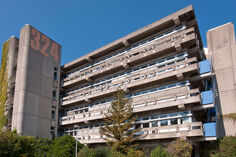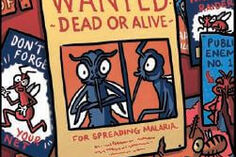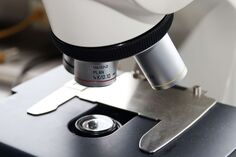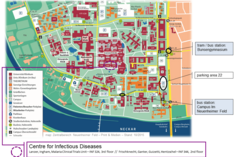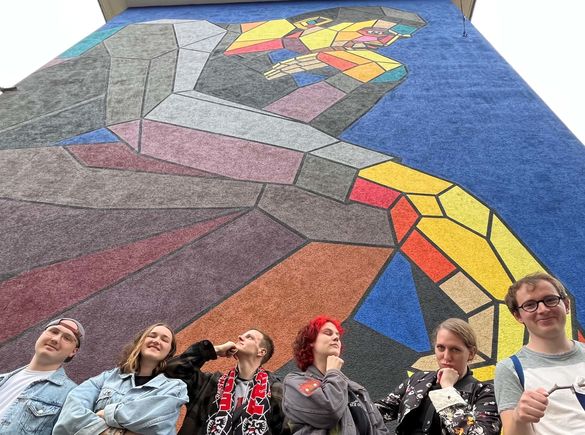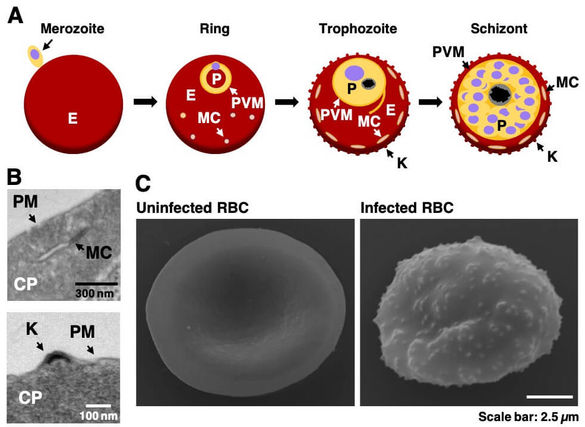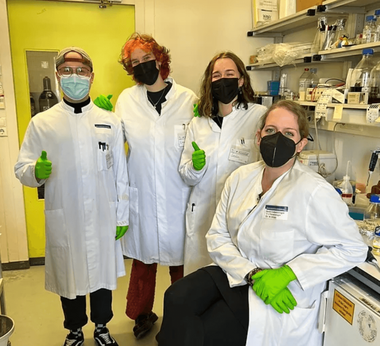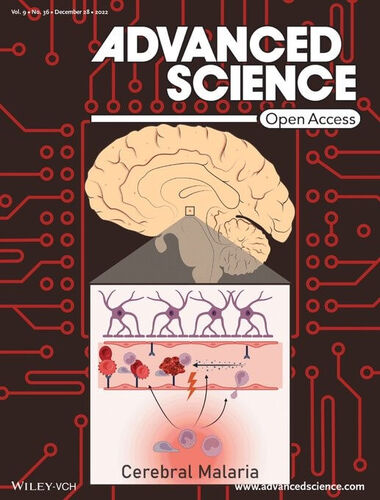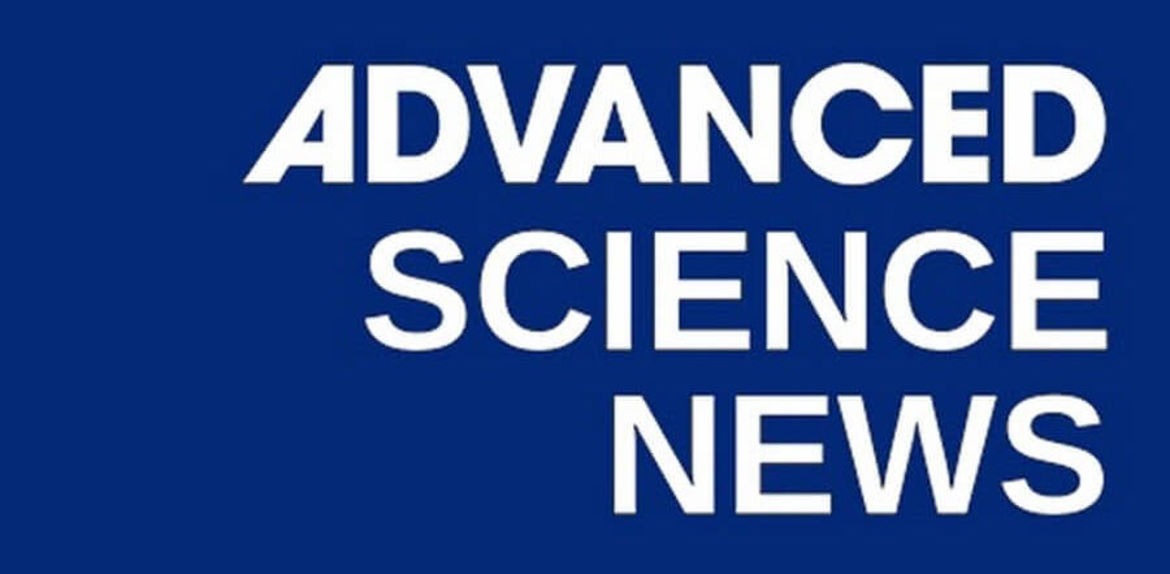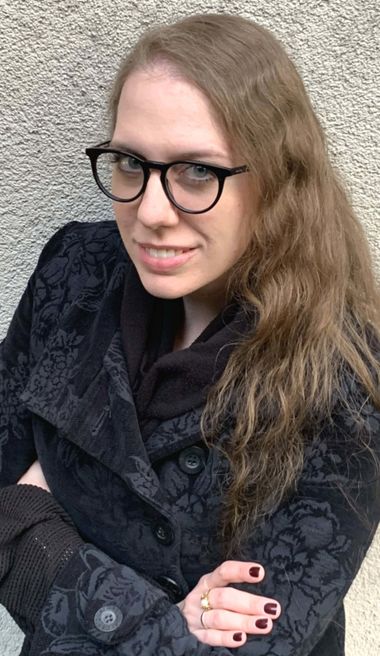Research focus of the Kilian lab while in Heidelberg
The Kilian lab investigates novel secretory organelles generated by malaria parasites to establish host-parasite interaction.
The asexual replication of the malaria parasite Plasmodium falciparum occurs in the red blood cells of the human host and is responsible for the symptoms and disease severity experienced by patients suffering from malaria tropica.
To ensure survival and successful procreation within the organelle-deprived host red blood cells, Plasmodium falciparum commences to reorganize the cytoplasm of the host cell. This cumulates in the generation of a novel secretory organelle outside the parasite’s own cell within the cytoplasm of the red blood cell. The secretory organelle was named Maurer’s clefts in the honor of Georg Maurer who first discovered the structure in 1902. The importance of the Maurer’s clefts is undeniable and failure to properly generate this organelle hampers host-parasite interaction, which can culminate in the clearance of the infected red blood cell by the spleen. More than 100 years after their discovery, the Maurer’s clefts still remain mysterious. The Kilian lab aims to decipher this fascinating organelle.
The erythrocytic schizogony of P. falciparum (A). Merozoites infect the red blood cells where they develop into ring, trophozoite and schizont. During that time the parasite generates the Maurer’s clefts. During the ring stage the organelle has a vesicular shape. In the mature trophozoite and schizont stages the Maurer’s clefts are flattened single or stacked cisternae. The Maurer’s clefts are crucial for trafficking the parasite protein PfEMP1 (P. falciparum erythrocyte membrane protein 1) to the red blood cell surface (B). There the protein is presented on red blood cell plasma membrane protrusions, so called knobs, which are generated by the parasite as well (C). Proper presentation of PfEMP1 is crucial to enable cytoadherence of the infected red blood cell to endothelial cells which line the blood vessel wall. Cytoadherence removes the infected red blood cell from the peripheral blood to avoid the passage of the spleen, where deformed red blood cells infected with mature developmental stages of the parasite are removed from circulation. Hidden away in the vascular bed of inner organs such as the brain, the parasite is able to complete the erythrocytic schizogony by producing merozoites which commence and infect new red blood cells. E: red blood cell, PVM: parasitophorous vacuolar membrane, MC: Maurer’s clefts, K: knobs, PM: red blood cell plasma membrane, CP: cytoplasm. Image credit: Kilian et al., 2020 (BioEssays).
List of publications
2022
Akide Ndunge OB, Kilian N, Salman MM. "Cerebral Malaria and Neuronal Implications of Plasmodium Falciparum Infection: From Mechanisms to Advanced Models" Adv Sci (Weinh). 2022 Oct 27:e2202944. doi: 10.1002/advs.202202944. Epub ahead of print. PMID: 36300890. Review article
Sanchez CP, Patra P, Chang SS, Karathanasis C, Hanebutte L, Kilian N, Cyrklaff M, Heilemann M, Schwarz US, Kudryashev M, Lanzer M. "KAHRP dynamically relocalizes to remodeled actin junctions and associates with knob spirals in Plasmodium falciparum-infected erythrocytes" Mol Microbiol. 2022 Feb;117(2):274-292. doi: 10.1111/mmi.14811. Epub 2021 Sep 22. PMID: 34514656.
Ganter M†, Guizetti J† and Kilian N† "Visualization of Infected Red Blood Cell Surface Antigens by Fluorescence Microscopy" Methods Mol Biol. 2022;2470:425-433. doi: 10.1007/978-1-0716-2189-9_31. PMID: 35881363. †Corresponding authors
2021
Broichhagen J† and Kilian N† “Chemical Biology Tools to Investigate Malaria Parasites” Chembiochem. 2021 Jul 1;22(13):2219-2236. Review article. †Corresponding authors
Song JE, Alves T, Stutz B, Sestan-Pesa M, Kilian N, Diano S, Kibbey RG and Horvath TL “Mitochondrial Fission Governed by Drp1 Regulates Exogenous Fatty Acid Usage and Storage” Metabolites. 2021 May 18;11(5):322.
2020
Kilian N†, Zhang Y, LaMonica L, Hooker G, Toomre D, Ben Mamoun C† and Ernst AM† “Palmitoylated Proteins in Plasmodium falciparum-Infected Erythrocytes: Investigation with Click Chemistry and Metabolic Labeling” Bioessays. 2020 Jun;42(6). †Corresponding authors
Gitta B† and Kilian N† “Diagnosis of Malaria Parasites Plasmodium spp. in Endemic Areas: Current Strategies for an Ancient Disease” Bioessays. 2020 Jan;42(1). Review article. †Corresponding authors
2019
Thekkiniath J, Kilian N, Lawres L, Gewirtz MA, Graham MM, Liu X, Ledizet M and Ben Mamoun C “Evidence for Vesicle-Mediated Antigen Export by the Human Pathogen Babesia microti” Life Science Alliance. 2019 Jun 13;2(3).
2018
Abraham A, Brasov I, Thekkiniath J, Kilian N, Lawres L, Gao R, DeBus K, He L, Yu X, Zhu G, Graham M, Liu X, Molestina R and Ben Mamoun C “Establishment of a Continuous in vitro Culture of Babesia duncani in Human Erythrocytes Reveals Unusually High Tolerance to Recommended Therapies” Journal of Biological Chemistry. 2018 Dec 28;293(52): 19974-19981.
Kilian N, Choi JY, Voelker DR and Ben Mamoun C “Role of Phospholipid Synthesis in the Development and Differentiation of Malaria Parasites in the Blood” Journal of Biological Chemistry. 2018 Nov 9;293(45):17308-17316. Review article.
Kilian N*, Goryaynov A*, Lessard MD, Hooker G, Toomre D, Rothman JE and Bewersdorf J “Assessing Photodamage in Live-Cell STED Microscopy” Nature Methods. 2018 Oct;15(10):755-756. *Equal contribution
2017
Bottanelli F, Kilian N, Ernst AM, Rivera-Molina F, Schroeder LK, Kromann EB, Lessard MD, Erdmann RS, Schepartz A, Baddeley D, Bewersdorf J, Toomre D and Rothman JE “A Novel Physiological Role for ARF1 in the Formation of Bi-Directional Tubules from the Golgi” Molecular Biology of the Cell. 2017 Jun 15;28(12):1676-1687.
2015
Kilian N*, Sirismith S*, Dittmer M, Ouermi D, Bisseye C, Simpore J, Cyrklaff M, Sanchez CP and Lanzer M “Hemoglobins S and C Affect Protein Export in Plasmodium falciparum-Infected Erythrocytes” Biology Open. 2015 Feb 20; 4(3):400-10. *Equal contribution
2013
Kilian N*, Dittmer M*, Cyrklaff M, Ouermi D, Bisseye C, Simpore J, Frischknecht F, Sanchez CP and Lanzer M “Hemoglobin S and C Affect the Motion of Maurer’s Clefts in Plasmodium falciparum-Infected Erythrocytes” Cellular Microbiology. 2013 Jul; 15(7):1111-2. *Equal contribution
2011
Cyrklaff M, Sanchez CP, Kilian N, Bisseye C, Simpore J, Frischknecht F and Lanzer M “Hemoglobins S and C Interfere with Actin Remodeling in Plasmodium falciparum-Infected Erythrocytes” Science. 2011 Dec 2; 334(6060):1283-6.
2009
Henrich P, Kilian N, Lanzer M and Cyrklaff M “3-D Analysis of the Plasmodium falciparum Maurer's Clefts Using Different Electron Tomographic Approaches” Biotechnology Journal. 2009 Jun; 4(6):888-94.
A selection of activities while in Heidelberg
#Klinikjobs Feature
(January 2023)
Last summer Nicole was interviewed for the #Klinikjobs feature of Heidelberg University Hospital. Over a coffee she allowed the interviewer a glimpse into the world of a young research group leader and talked about her scientific career, her research and her students. In addition this lovely photo with her students was taken reminding us of the strict Corona safety regulations in place at the time at HD Unversity Hospital.
New article in Advanced Science
(December 2022)
Citation from Advanced Science:
Cerebral malaria is the most severe complication caused by the malaria parasite P. falciparum. In article number 2202944, Oscar Bate Akide Ndunge, Nicole Kilian, and Mootaz M. Salman review the pathogenic mechanisms that underlie the development of this fatal condition. Moreover, they discuss the current understanding and recent developments in diagnostic and treatment methods as well as advanced models to study and eventually tackle this devastating disease using organ-on-a-chip and humanised systems.
Akide Ndunge OB, Kilian N, Salman MM. Cerebral Malaria and Neuronal Implications of Plasmodium Falciparum Infection: From Mechanisms to Advanced Models. Adv Sci (Weinh). 2022 Dec;9(36):e2202944. doi: 10.1002/advs.202202944. Epub 2022 Oct 27. PMID: 36300890; PMCID: PMC9798991.
Attendance at Malta X conference
(November 2022)
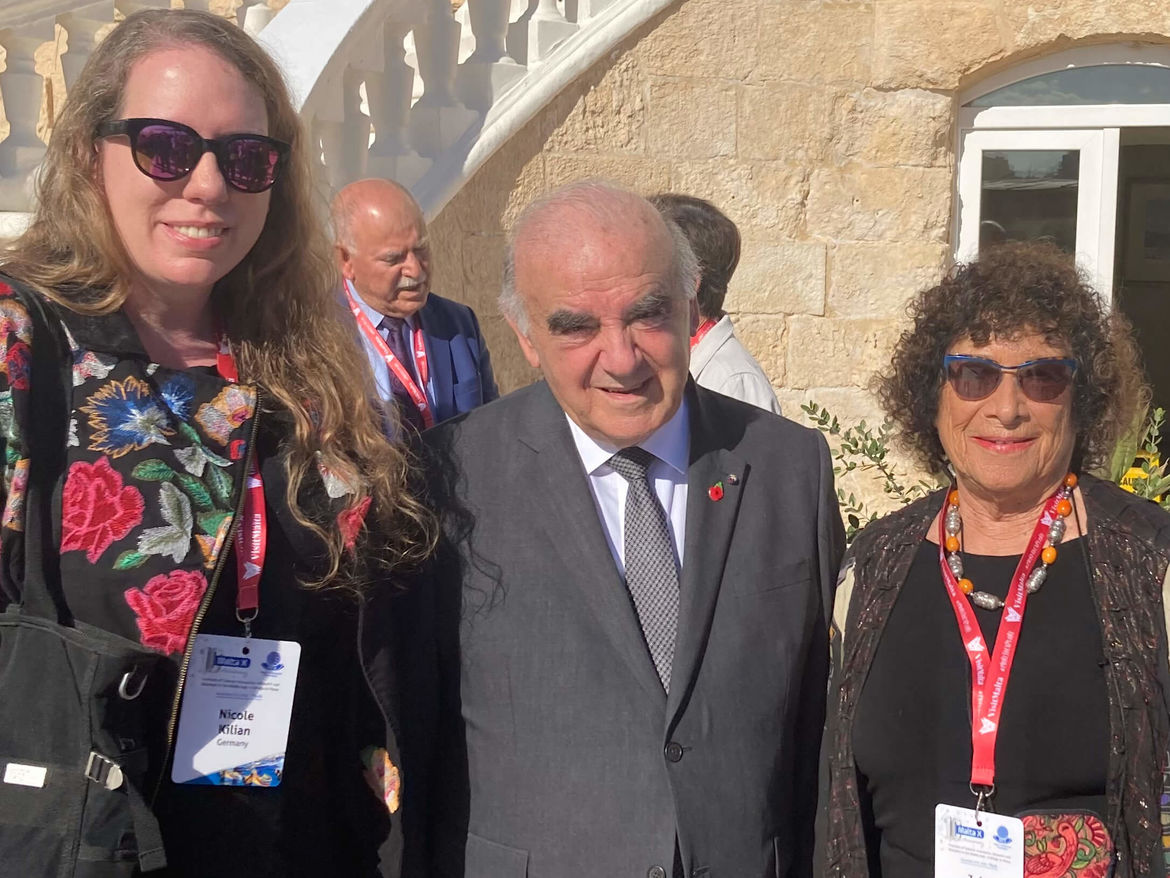
This year our group leader Nicole Kilian had the great honor of being invited to attend the prestigious Malta Conference (Malta X: "Frontiers of Science: Innovation, Research- and Education in the Middle East - A Bridge to Peace"), which was founded by Nobel Peace Prize nominee Prof. Zafra Lerman in 2003. The Malta Conferences address the shared desire to improve the quality of life and political stability in the Middle East. They serve to identify unique opportunities for collaboration to meet the scientific and technological challenges of the region.
At Malta X Nicole presented research results and co-hosted a scientific writing / science communication workshop.
Review on Cerebral Malaria
(October 2022)
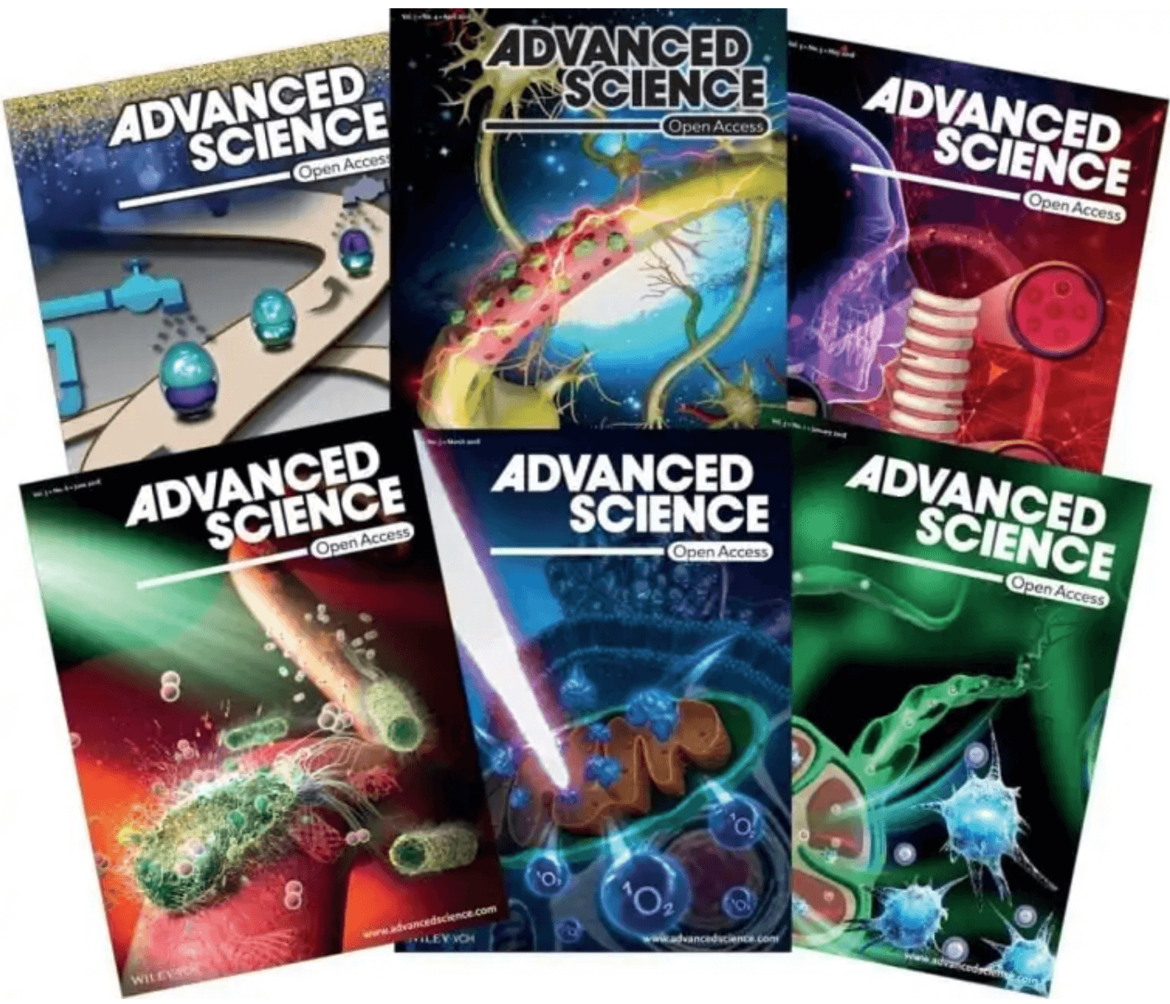
We are happy to announce a review, co-authored by Nicole, on cerebral malaria and neural implications of a P. falciparum infection (Publication date: 27 October 2022 in the journal Advanced Science):
Akide Ndunge OB, Kilian N, Salman MM. Cerebral Malaria and Neuronal Implications of Plasmodium Falciparum Infection: From Mechanisms to Advanced Models. Adv Sci (Weinh). 2022 Oct 27:e2202944. doi: 10.1002/advs.202202944. Epub ahead of print. PMID: 36300890.
International Women's Day
(March 2022)
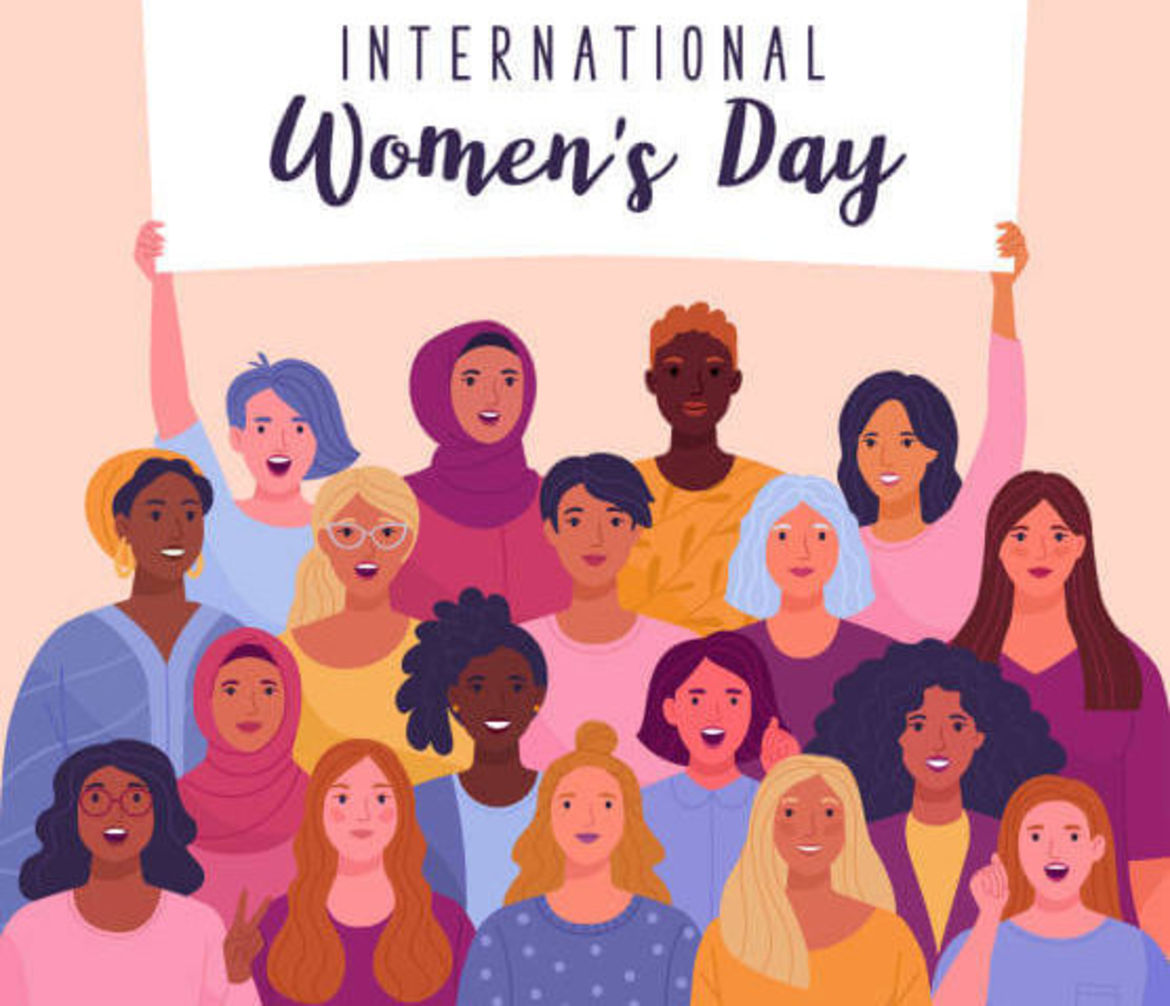
On the occasion of the international women's day on 8 March Nicole, among other female staff, was interviewed by our hospital's social media team. The interview is available on different channels (facebook, instagram, twitter).
Podcast episode with Nicole
(September 2022)
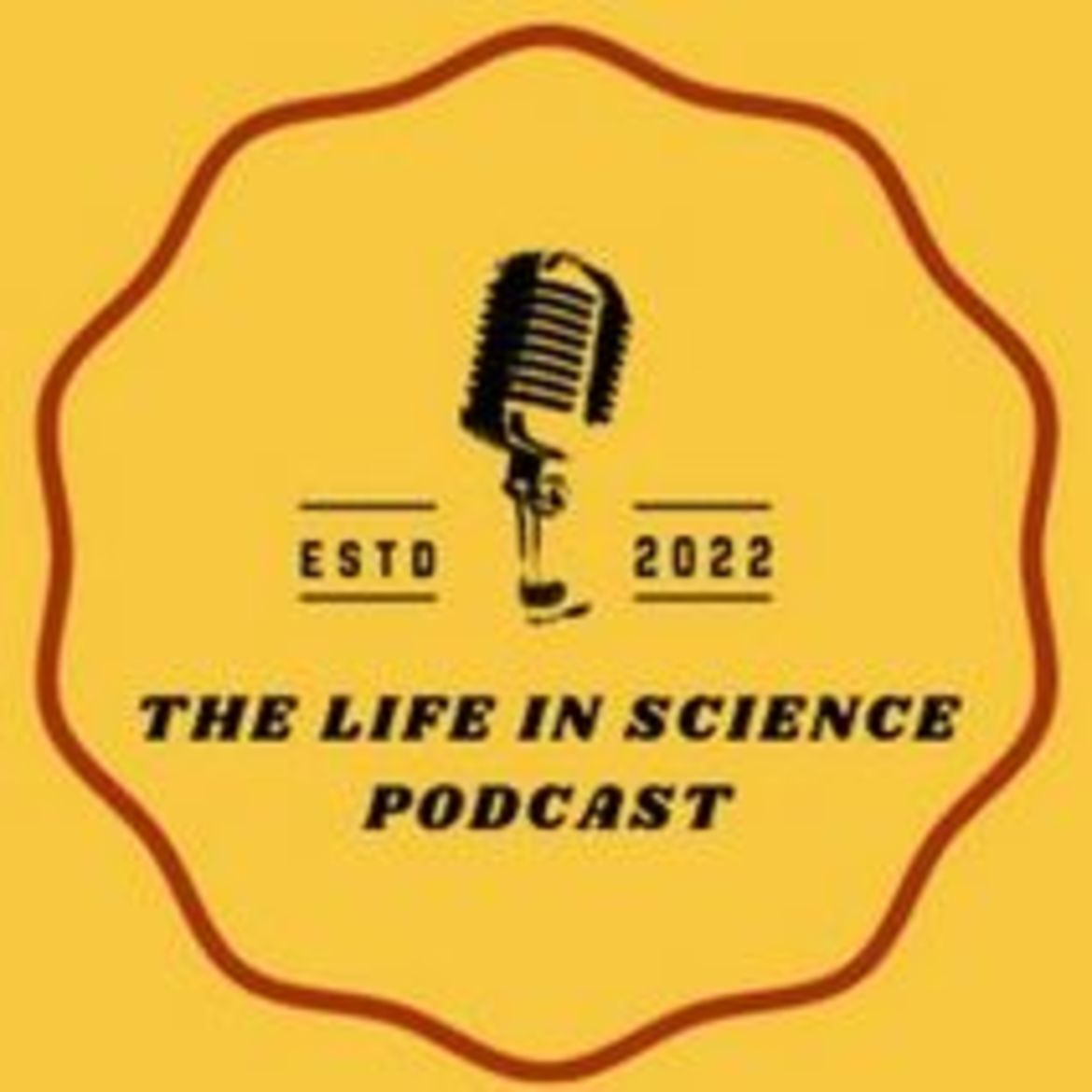
Our newest addition to the outreach activities of our department: Nicole has been interviewed for “The Life in Science” podcast series by Arjun Udupa, MSc student in Molecular Biosciences at Heidelberg University. For this new podcast, which is available on spotify, Arjun interviews scientists from Heidelberg with different backgrounds and in different career stages. As listener you get a more personal insight and a better understanding on what drives a person to follow this for sure not easy career pathway. The podcast series is still rather young but we are positive Arjun is already now busily looking for the next batch of scientists to interview.
Tune in to Arjun’s podcast! (especially the interview with Nicole, of course)
Interview series in Adv Sci News
Since May 2021 Nicole Kilian has been interviewing scientists from different fiels for "Advanced Science News".
Check out her interviews like the one with Steven Hawley, astrophysicist and retired NASA astronaut, or with Canan Dağdeviren, bioengineer and principal investigator at the Massachusetts Institute of Technology (MIT) Media Lab or with Albert Zink, director at the Institute for Mummy Studies at Eurac Research in Bolzano, Italy or or or...
Also very interesting is her latest interview with Gautam Dey, a biologist currently working at EMBL Heidelberg and investigating "the control center of the cell that hosts the DNA".
Not only interesting for scientists! (especially since you also get to know some pieces of personal information like the favorite dish / travel destination / music, hobbies etc.). And aren't you curious to know which discovery the interviewee would wish to have made him/herself?
Review in ChemBioChem
(February 2021)
Authors: Nicole Kilian and Johannes Broichhagen (FMP, Berlin)
Congratulations on the publication of a new review article in which the authors discuss current developments from the field of chemical biology and explore how their application could advance the research of Plasmodium falciparum, the parasite causing malaria in humans, in the future. They anticipate the described approaches helping close knowledge gaps and hope researchers will be inspired to use these methods to gain knowledge – with the aim of ending malaria.
Have a look at the paper itself, which is open access!
